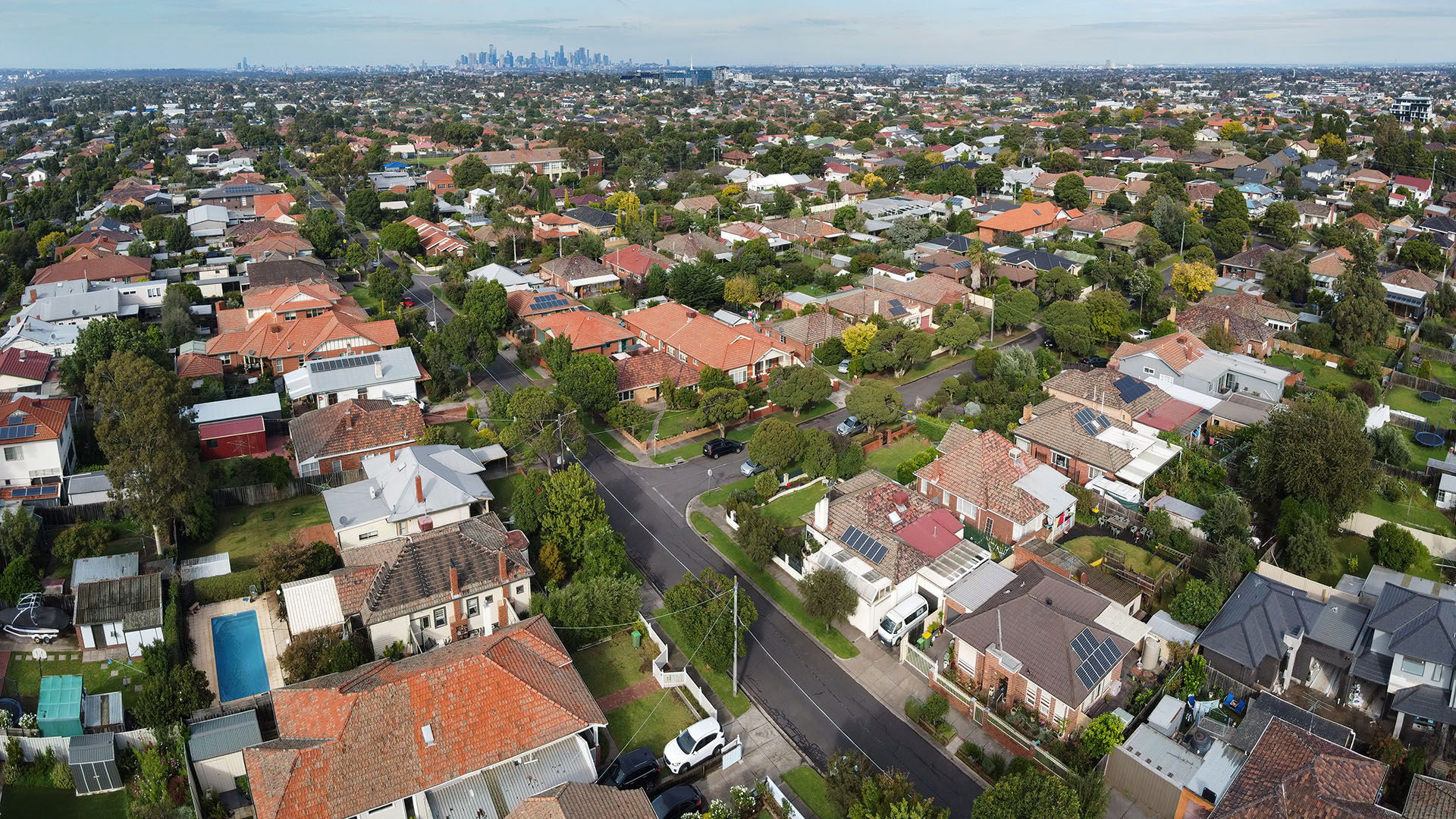
Federal Labor’s Help to Buy shared-equity program is projected to fall well short of demand, with new research showing it could miss the mark by nearly 100,000 households. According to The Australian Financial Review, close to 300,000 households will qualify once the scheme begins, though the government has yet to confirm its launch date.
Research from the Australian Housing and Urban Research Institute (AHURI) estimates about 108,000 eligible households will likely apply. But the scheme offers only 10,000 places per year over four years, leaving many buyers locked out as home prices continue to rise faster than wages.
Originally promised in the 2022 election, the policy was delayed by a Senate standoff before passing late last year. The federal budget was expanded by $800 million to support its rollout.
How Help to Buy Works
The program supports low- to moderate-income buyers by reducing upfront deposit and loan requirements. Participants need a 2% deposit and a standard home loan, with the government contributing:
- 30% of the purchase price for existing homes, or
- 40% for new homes
Income caps apply: $100,000 for singles and $160,000 for couples and single parents.
Pressure to Expand Capacity
Lead researcher Rachel Ong ViforJ warns the program’s scale will fall short of strong demand. She suggests exploring private-sector capital, similar to several state shared-equity models, to ease the government’s funding burden.
States like South Australia (HomeStart), Western Australia (Keystart), and Queensland (Boost to Buy) offer long-running or newly launched programs. SA’s HomeStart alone has delivered 4,000 shared-equity loans, including 1,000 in the last financial year, demonstrating strong market acceptance.
Housing Minister Clare O’Neil says Help to Buy will open later this year but did not offer a firm date. She describes the scheme as a “modest but meaningful” way to help 10,000 Australians annually enter the housing market with a smaller deposit and lower repayments.
A Strong Idea Facing Stronger Demand
With affordability worsening nationwide, Help to Buy is likely to attract far more interest than it can serve. Without additional funding or expanded access, the scheme may become oversubscribed almost immediately, highlighting the urgency of broader housing affordability solutions.






